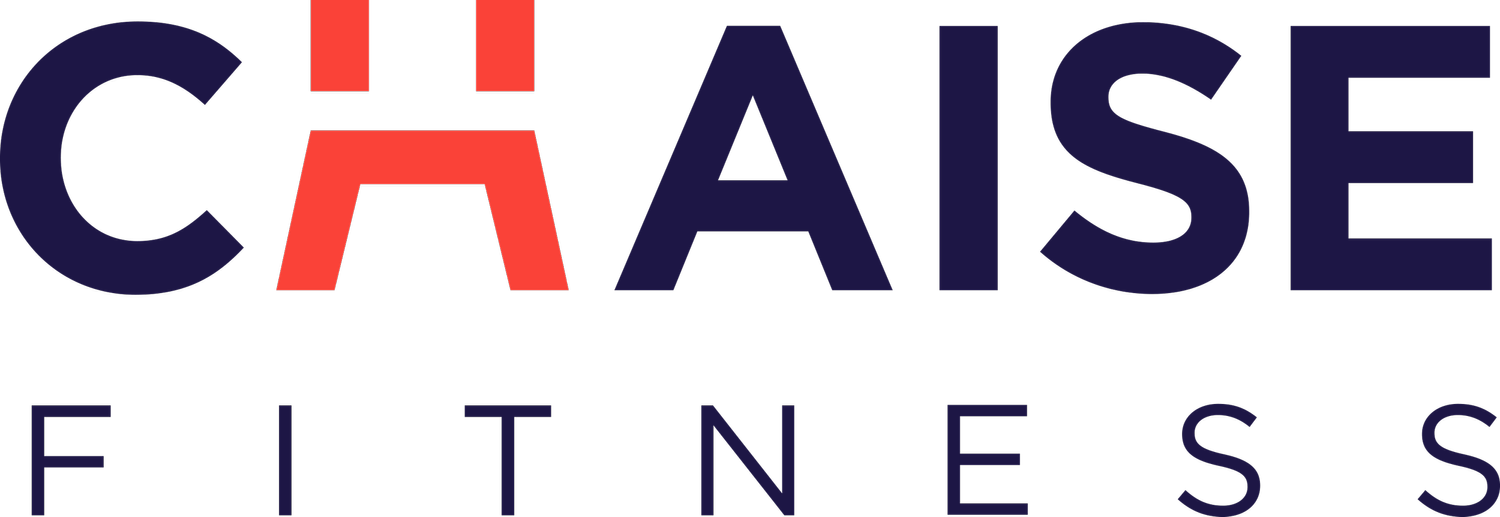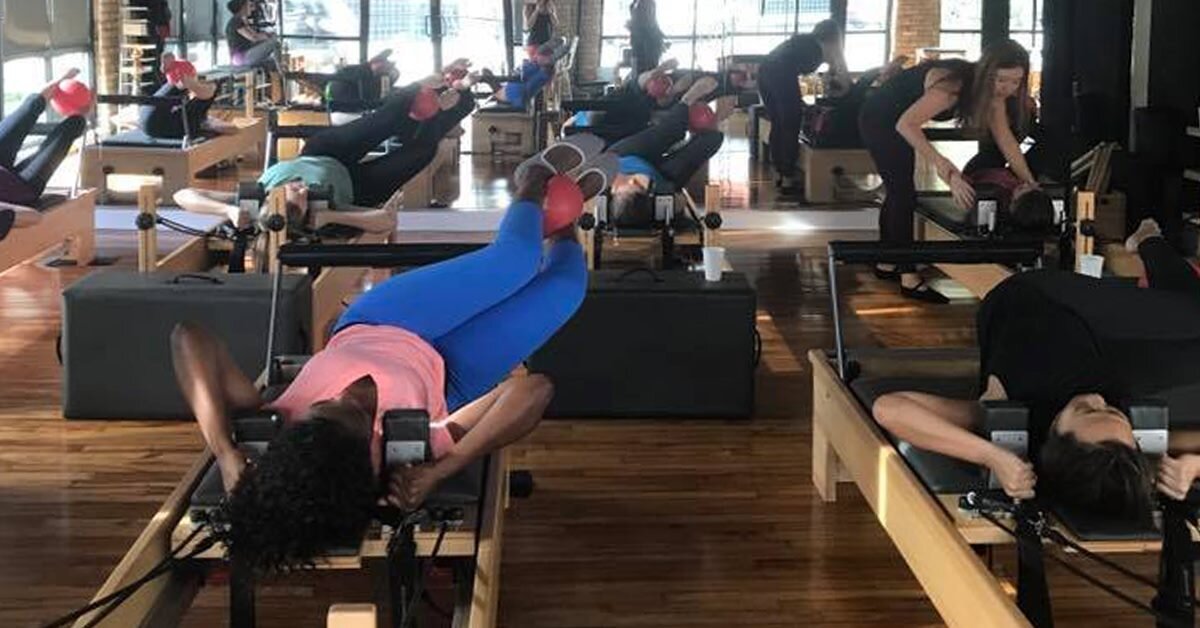Preparing for Your First Pilates Class
Are you starting up a Pilates class for the first time? For first-time studio-goers, the equipment in a Manhattan Pilates class can be off-putting. Many machines look complex and like they would be painful to use. It's common to feel self-conscious about one's ability to do the exercises correctly, but do not worry; You'll discover that Pilates is adaptable to a wide range of fitness levels. It's also a service that focuses on the client. For any Pilates studio that you visit, expect to be greeted by a pleasant and educated staff member. Many Pilates studios in the Upper East Side area will let you come to class on a drop-in (pay by the class) basis. Your instructor will fill you in on what to expect, but having a general idea can't hurt.
Things to Bring to Your Pilates Class:
You won't need to bring much with you to a Pilates class since most have equipment available; unless you want to use a mat of your own rather than a communal one from class. If you're new to Pilates, the mats typically used are a little thicker than the average Yoga mat. If unsure of which mat thickness is best suited for you, consult your Manhattan Pilates instructor. You should also bring a water bottle with you. You probably won't drink as much water during a higher-intensity class, but it's still important to stay hydrated before and after class.
What to Wear to You Upper East Side Pilates Classes
Most Upper East Side Pilates studios are casual, but what's considered normal can sometimes vary. Keep your outfit simple while you figure out what works best for you. Below are some tips to help you dress for your first Pilates class:
Don't fashion eschew garnishing. Choose workout wear that's free of metal or plastic adornments. Zippers, buckles, clasps, buttons, or other trimmings can severely damage the upholstered Pilates equipment. Repairs are costly and can cause downtime for the studio.
Avoid tie-backs and belts. Tie-back tops can be uncomfortable when you're lying on your back. Ties, belts, drawstrings, and tassels can get caught in the springs of Pilates equipment and cause an injury.
Don't apply a lot of makeup. Makeup can stain the surfaces of the Pilates equipment.
Choose unscented products. Studios often request that clients avoid using strong scents. Many people are sensitive to perfumes and strongly scented deodorants, lotions, and sprays.
Take off accessories/jewelry. Long necklaces, belts, and dangling bracelets can be distracting as well as dangerous if they get caught up in the equipment.
Don't wear shoes. Pilates is usually done barefoot, so no fancy footwear is required. If you prefer to wear socks, buy a pair with a grip on the bottoms to prevent slipping.
Form-fitting, not baggy. Workout clothing that is flexible yet not baggy is best. Your instructor will need to observe your bones' alignment and how your muscles are engaging. Clothing with seams and stitching that follow the body's center line and sidelines can also assist you and your instructors in assessing your posture and symmetry during class.
Modesty is an important consideration in Pilates; some exercises end with your legs in the air or your torso inverted. Loose clothing could ride up or fall down, revealing more than you (or somebody else) might be comfortable with. Simple and streamlined options are usually best in Pilates, but you can still have fun with your workout attire. Clothing for Pilates and yoga is essentially the same; the popularity of both disciplines has resulted in a revolution in stylish exercise clothing.
No matter your body type, you can easily find fashionable and functional clothes that will help you look and feel your best.
Pilates Mat Work & Equipment
Pilates workouts are based either on Pilates mat work (which is done on the floor with a minimum of equipment) or on Pilates apparatus (those contraptions mentioned earlier). Beginners to Pilates will benefit greatly from mat work. The fundamental routines and Pilates exercise principles are incorporated into the mat exercises. Mat exercises will help you gain strength and confidence in the Pilates method.
Pilates mat exercises are adaptable to different fitness levels and enable you to focus on learning the fundamentals properly rather than learning new exercise equipment. Despite their odd names, such as the Reformer, Cadillac, and Wunda chair, the springs, bars, straps, and pulleys form a refined body-friendly collection of exercise equipment.
Pilates Classes in Upper East Side, Manhattan | The Do’s of Pilates Class
Do arrive on time. When you arrive on time for a Pilates class, it shows respect for the instructor and other students. If you're late, it interrupts the flow of the class and prevents your body from getting the full benefit of the sequence.
Do warm up before class. If you have time before class, a warm-up is the best way to use it.
Do ask appropriate questions. Questions are great for learning but use your best judgement about when to ask them. If you're in a large fitness class with a workout flow going, hold off on questions until the class is over.
Do let your NYC Pilates instructor know about injuries or bodily changes. Before class, instructors will check in with students to see how they're doing. Don't put it off till you're asked. Approach the instructor before class begins and let them know if you have a minor concern or a more significant problem, such as surgery, pregnancy, neck discomfort, or back pain.
Do find out how you should leave the Pilates equipment. If you remove a piece of equipment or break a magic circle, replace it where you found it. Studios usually want you to return equipment to its original location to keep things simple for the next class. Don't forget to clean the tables with the towels and disinfectant provided.
Manhattan Pilates Classes | The Don’ts of Pilates Class
Don't be a no-show. If you're unable to attend a class that you signed up for, please call the studio as soon as possible. There's usually a waitlist for classes, so the earlier they know you won't be coming, the sooner they can offer your spot to someone else.
Don't intrude on the class before yours. If a class is going on when you arrive, be respectful. Don't talk to others or chat on the phone. Hold off on your warm-up until the class before yours ends. If you can find a quiet corner to do your own thing, that's fine. Helping yourself to an empty reformer when a class is in progress is inappropriate etiquette.
Don't use class time as chat time. Although it may be tempting, resist the urge to socialize during class time as it can take away from your focus and concentration on the exercises. Instead, save chatting for before and after class when you can catch up with friends and share insights about Pilates.
Don't do exercises that hurt your body. If your Manhattan Pilates instructor asks you to do something that doesn't feel right, ask for an adjustment. Remember: you are responsible for your body.
Looking to Join One of the Best Pilates Studios in the Manhattan Area?
At ChaiseFitness, we believe that anyone can be fit—no matter what skill level or body type. This belief inspired the creation of our patented Reinvention Method, which is for everyone—the athlete, the dancer, the beginner, the advanced, the rebuilder. We blend Pilates, ballet, and strength training and equip you with a chair and overhead bungees so that you work out all your muscles every time. We are located in the Upper East Side in Manhattan. For more information, you can contact us at (973)996-2063, or visit our website.


